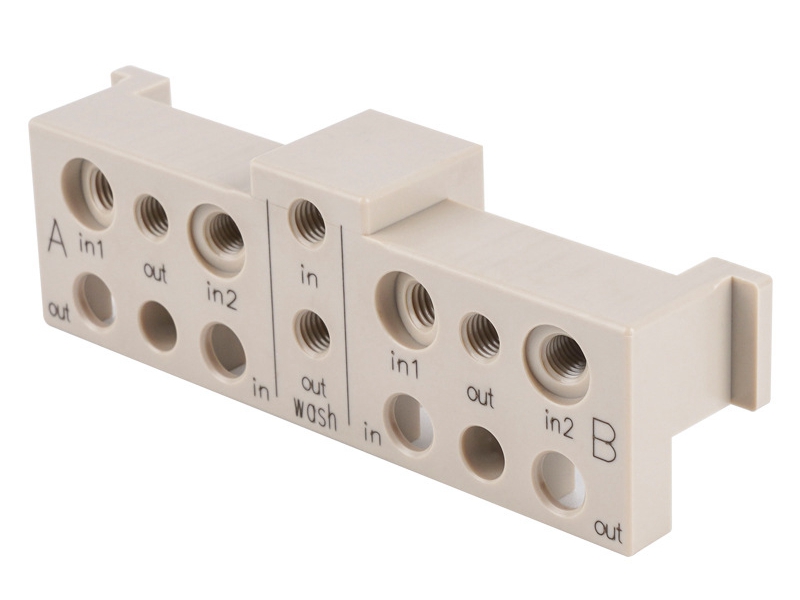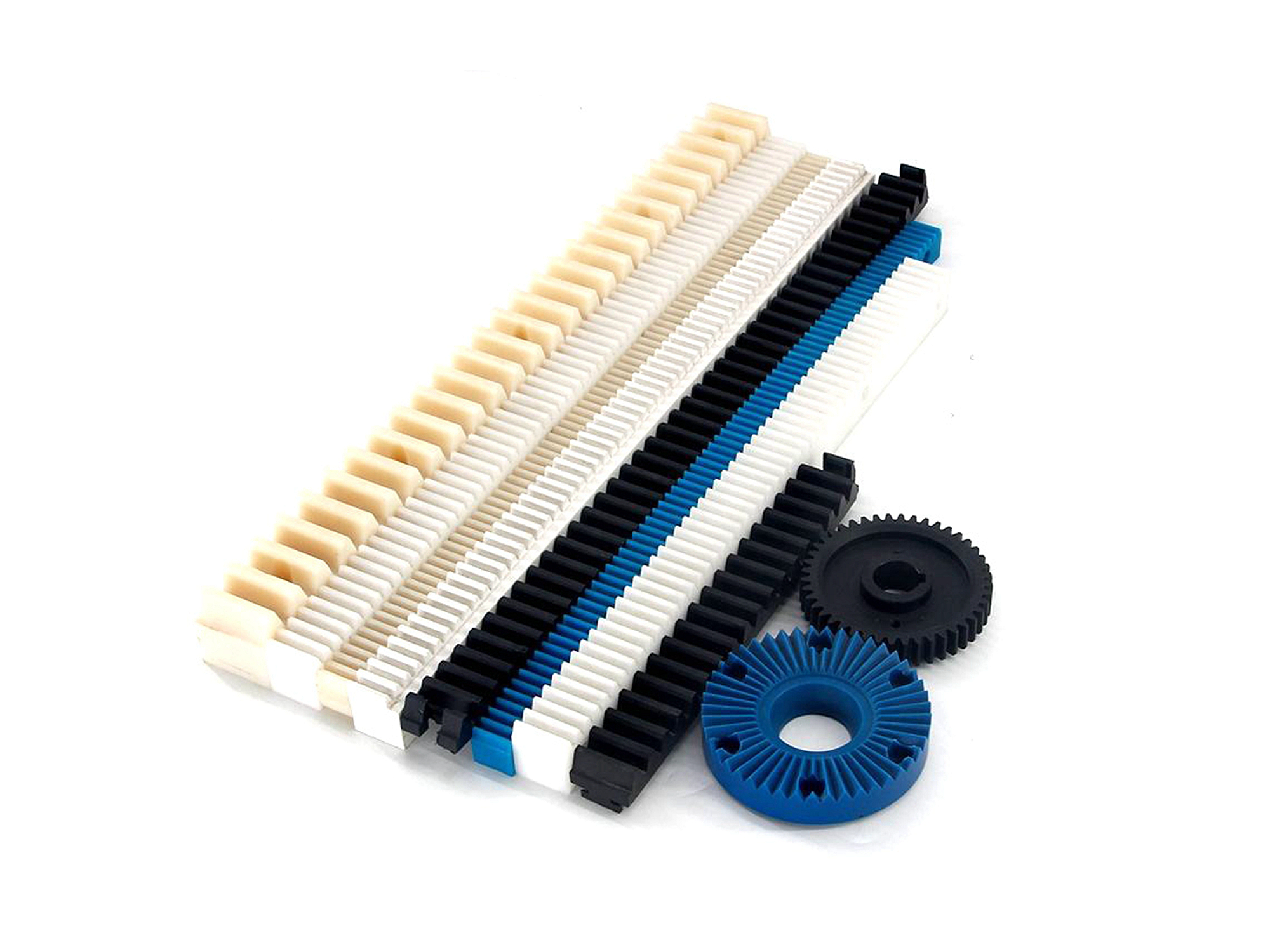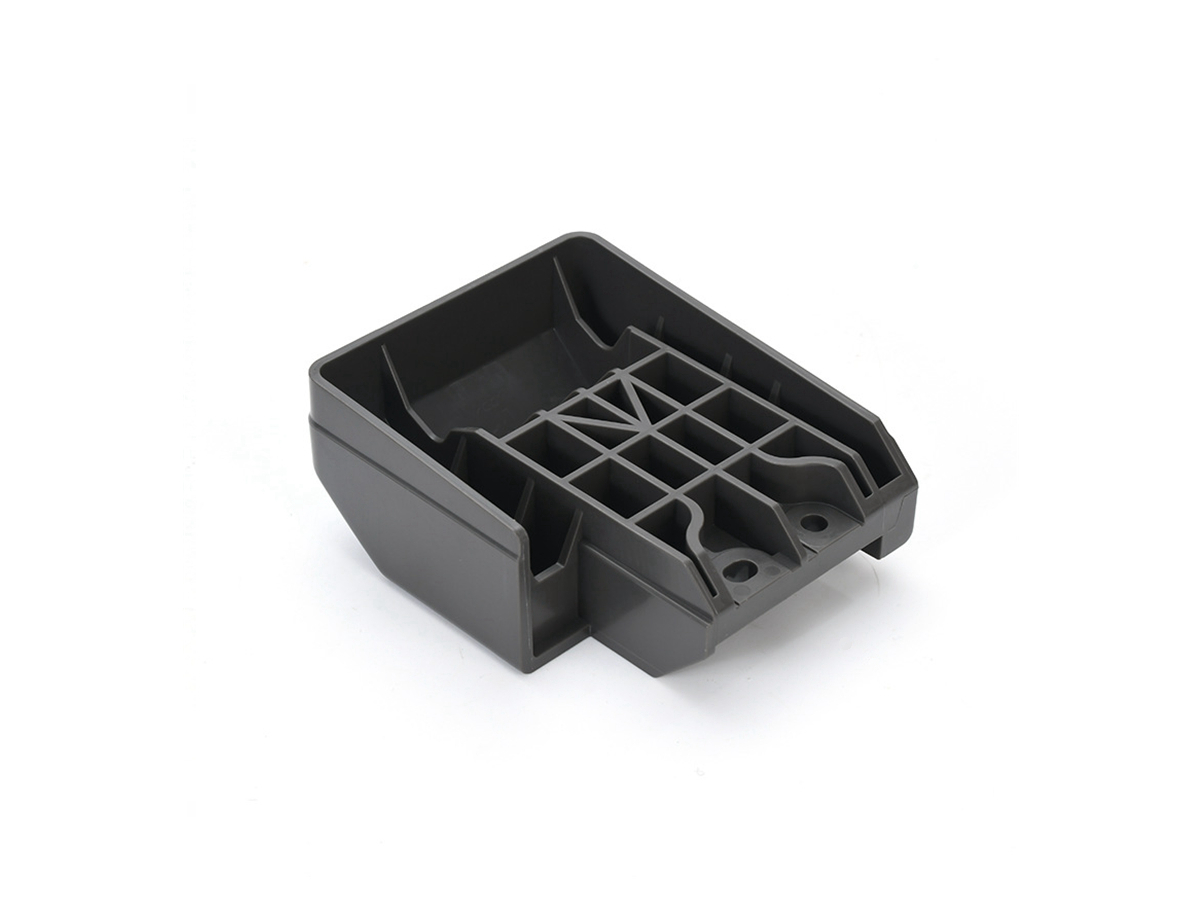Which is more cost-effective for prototyping: plastic or metal CNC machining?
Material and Machining Cost Comparison
In most cases, **plastic CNC machining** is more cost-effective than metal machining for prototyping. Plastics are cheaper to source, faster to cut, and require less tool wear, making them ideal for early-stage functional validation. Materials like Acetal (POM), Nylon (PA), or ABS are relatively inexpensive, and their machinability allows faster feed rates compared to metals like Aluminum 6061-T6 or stainless steel SUS304. Because plastics generate less cutting resistance and heat, they also extend tool life and minimize setup time, which directly reduces cost per prototype.
Production Speed and Setup Efficiency
Plastics can often be machined at two to three times the speed of metals using CNC milling or CNC turning. Their lightweight nature simplifies workholding, allowing rapid repositioning and minimal fixture complexity. For complex shapes, plastic prototypes can also be produced efficiently through multi-axis machining or even alternative rapid methods such as 3D printing. These efficiencies make plastic a clear choice when verifying form, fit, and assembly before committing to metal production.
When Metal Prototyping Is Necessary
Despite higher costs, metal prototypes are essential when mechanical performance and heat or wear resistance must be validated. Prototypes in Aluminum 7075, Ti-6Al-4V, or Inconel 718 are used to confirm real-world performance for applications in aerospace, automotive, or medical device sectors. DFM reviews can still lower costs by refining geometry, reducing unnecessary tolerances, and limiting secondary operations, such as heat treatment or electropolishing, to essential surfaces only.
Surface Treatment and Post-Processing Cost Impact
Plastic prototypes rarely require extensive post-processing, whereas metal parts often necessitate finishing steps such as anodizing, powder coating, or chrome plating to achieve both durability and aesthetics. These finishing requirements increase both lead time and cost. Plastics such as PEEK or polycarbonate can achieve high-quality surfaces directly after machining, reducing or eliminating the need for coatings altogether.
Cost-Effectiveness Summary by Prototype Stage
- **Early-stage concept models:** Plastic machining or low-volume manufacturing offers the fastest, most economical option. - **Functional testing or load-bearing evaluation:** Metal machining provides realistic data, but at a higher cost. - **Design validation for large-scale production:** Hybrid prototyping—plastic for design, metal for performance—offers balanced efficiency.



